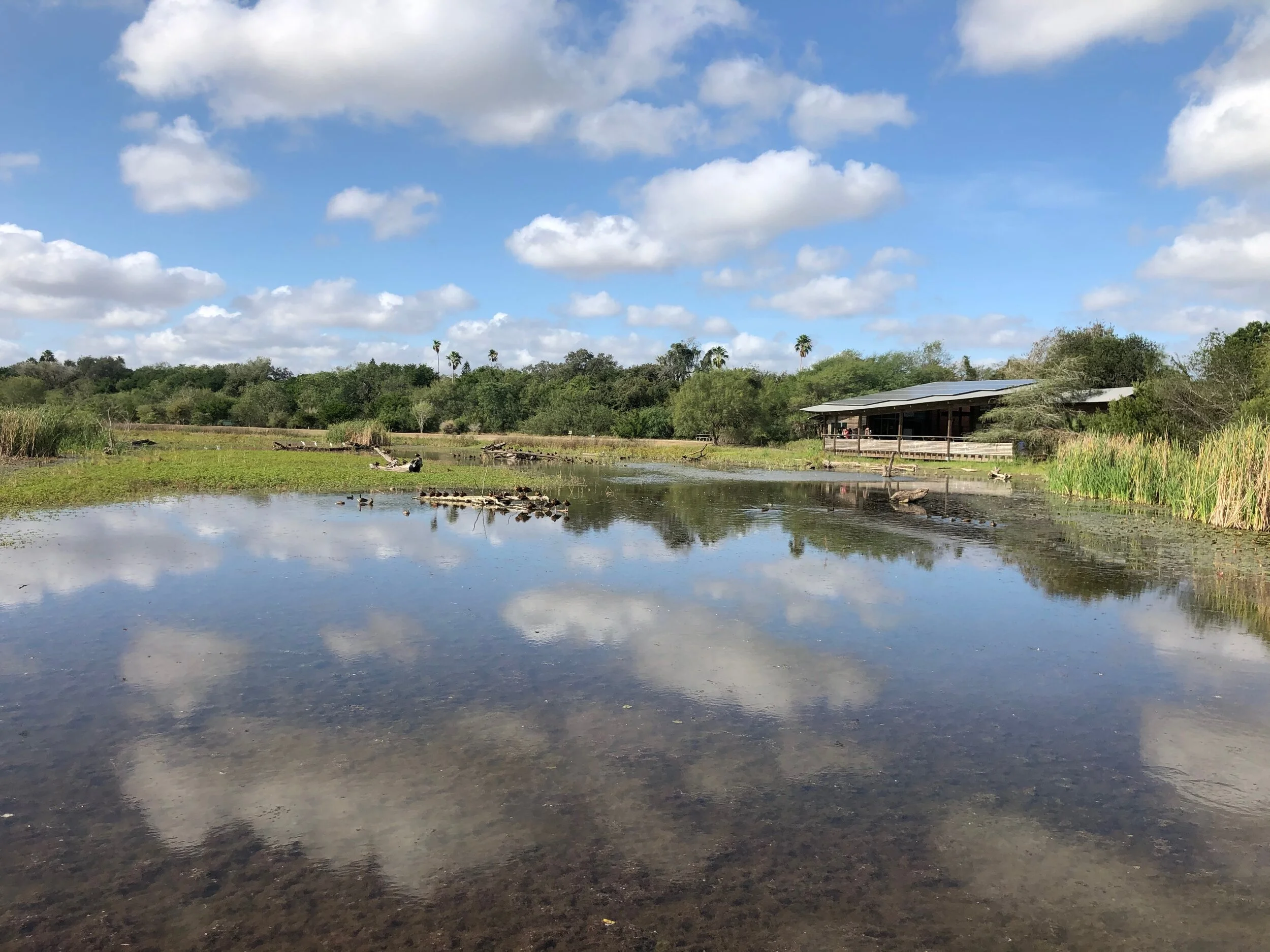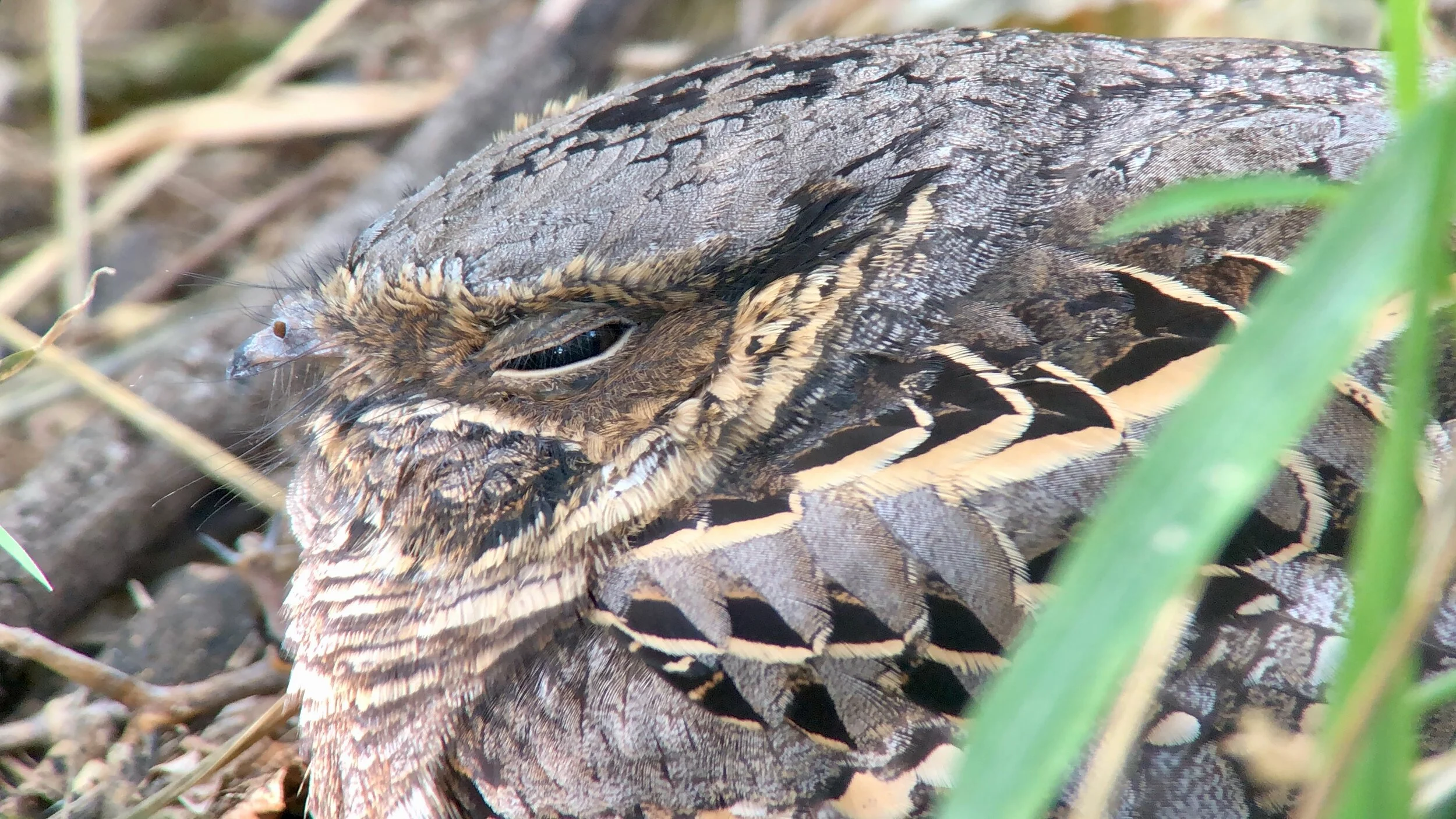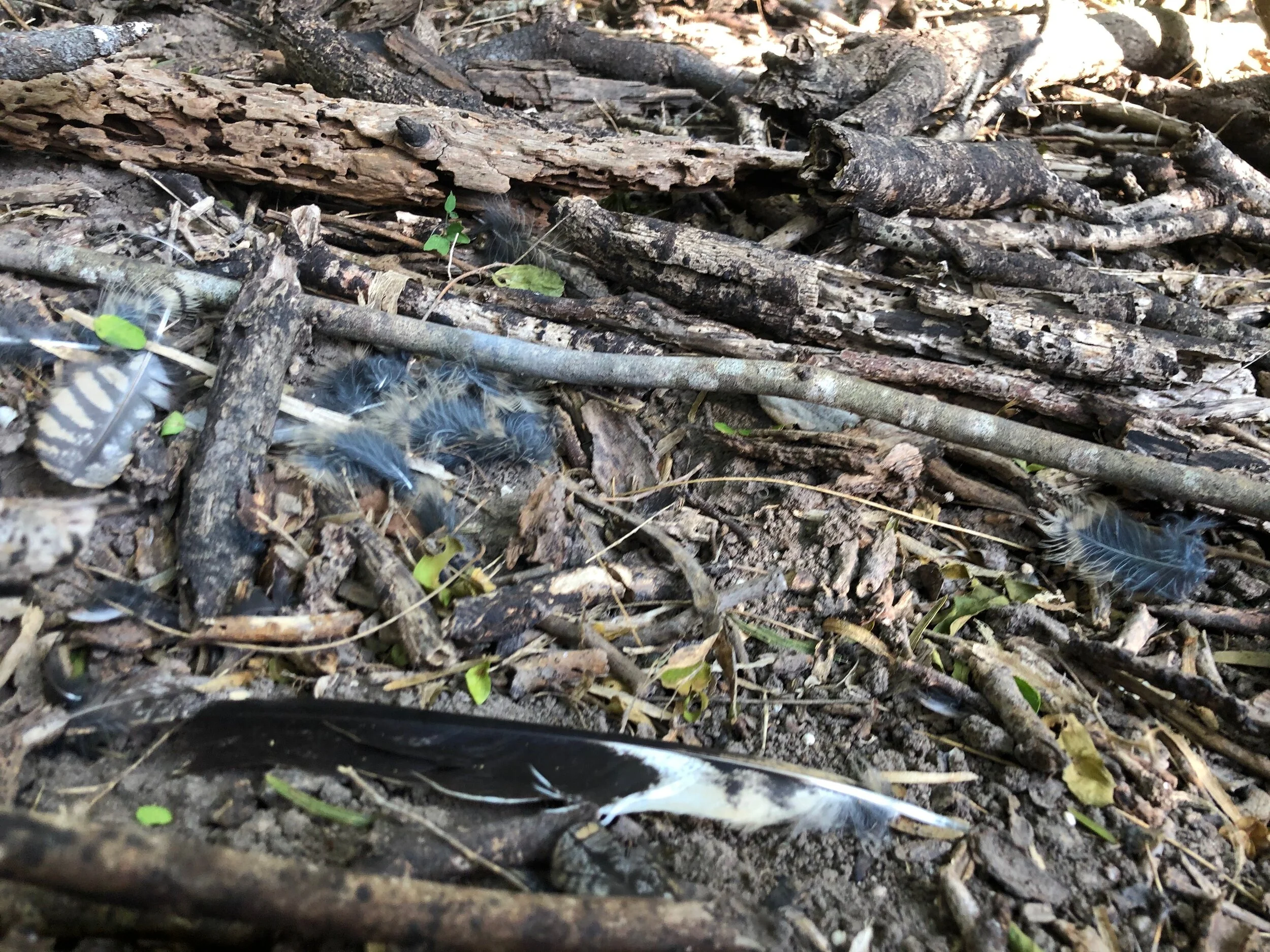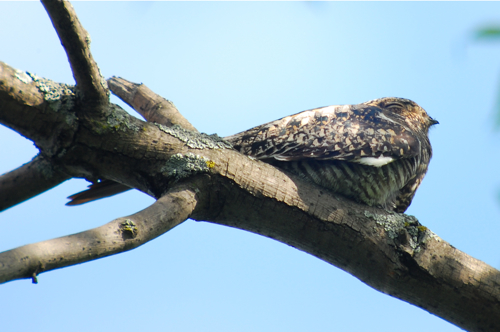#BirdADay is my attempt to get back into my archives and finally write about birds that have been collecting dust in my archives. I’m resetting my life right now and birding always bring me there and I’m going to try and post a bird either here or on my social medias every day in 2020.
If you’ve ever met me, you know that the Rio Grande Valley is my favorite place to escape to go birding. I’m hard pressed to ever get a lifer there, but I figure the day I get tired of seeing a green jay is the day I’m done with birding.
Estero Llano Grande is my favorite park in Texas.
Whenever I go to Texas, my first stop is generally Estero Llano Grande State Park (if not a stop for gas station tacos at a Stripes gas station—trust me, they’re great). This park is a balm to me in so many ways—whistling-ducks, buff-bellied hummingbirds, green jays, kiskadees—and those are the low hanging fruit. Green kingfishers, rose-throated becards and clay-colored thrushes are possibilities.
Common Pauraques are in the goatsucker/nightjar family. They can hide in plain sight during the day and fly around at night catching insects.
One of the “bullseye” birds is the pauraque. It is known that if you go down the Alligator Lake Trail (here’s a post I did from 2010 about this exact spot) and look for sticks piled to the left that is where a few can be roosting. I strolled in the warm Texas sun on a November day to the pauraque site taking in the soundscape of Texas birds around me. I got to the spot and began the search for the pauraque Because of their cryptic plumage, it can take a few minutes to get your eye on one. t’s almost like a magic eye painting. I did not find a pauraque. But I found paurque pieces.
Common pauraque feathers where one would normally find a pauraque.
Others soon came along. Some were already aware that the reliable pauraque spot had had a fatality. To add to the blow, this was right before the Rio Grande Valley Bird Festival—this would be target bird for anyone new to the Valley. The upside is that there is more than one pauraque in the Valley and others were found at the festival. But this one was special. It was almost as much of a guarantee as the winter of 2004/2005 when I could guarantee people great gray owls in Minnesota. I loved taking people new to the Valley to this spot and letting them find their first pauraque.
This spot usually had more than one pauraque. Once Clay and I were there and thought we had a super fat pauraque but it was a female roosting with two chicks. I wandered the area hoping to find one of the others and couldn’t find one. So I decided to study the feathers.
Common pauraque tail feathers.
The feathers looked to be plucked out and didn’t have shredded shafts. If the feathers shafts are shredded or the feathers are clumped with dried saliva, that’s a sign of a mammalian predator. Birds of prey tend to pluck. However, it does look like some teeth marks can be made out at the tops of the feathers.
It was a temptation to take these feathers home (yes, I have a permit). But I could find no way to make them part of my educational tools up in Minnesota.
There was something magical about being able to have such cool cryptic birds be an “x” marks the spot type of bird, but the lack of guarantee is part of what makes birding so rewarding and fun (at least when you get the birds). Perhaps pauraques will come back to this spot? Perhaps they’re already there. I hope to sneak down to the Valley again over the winter and maybe I’ll have a #BirdADay post that they are there.
Like I said earlier, other pauraques were found. Here’s one that was at Estero during the trip, very close to the parking lot and right next to a park sign.








 As I took pictures of the bird through my scope, I heard someone passing me say, "Is she looking at leaves? Oh, I bet she's taking pictures of bark."
As I took pictures of the bird through my scope, I heard someone passing me say, "Is she looking at leaves? Oh, I bet she's taking pictures of bark."

















